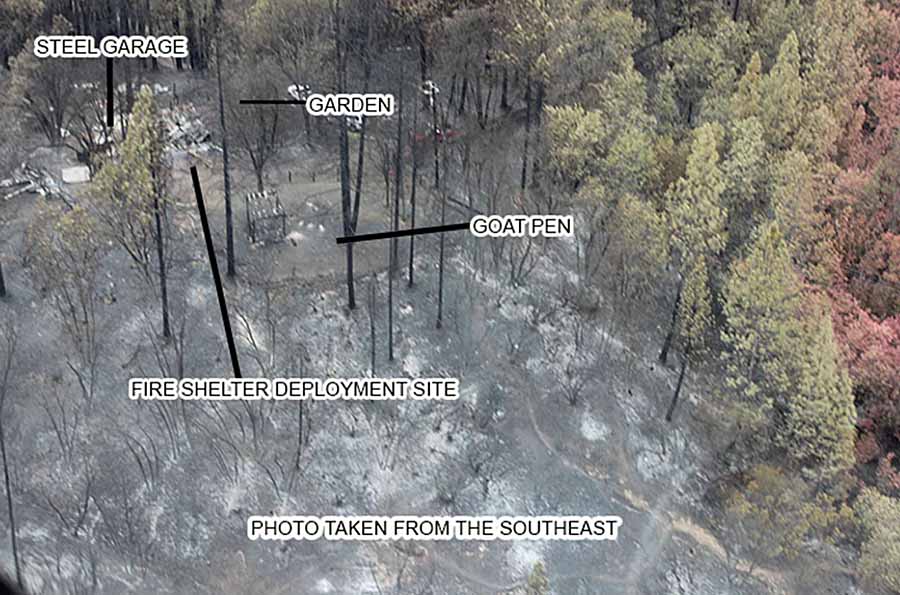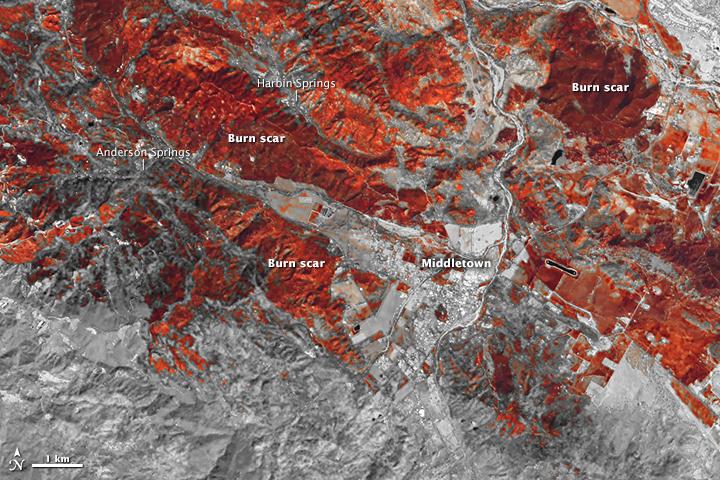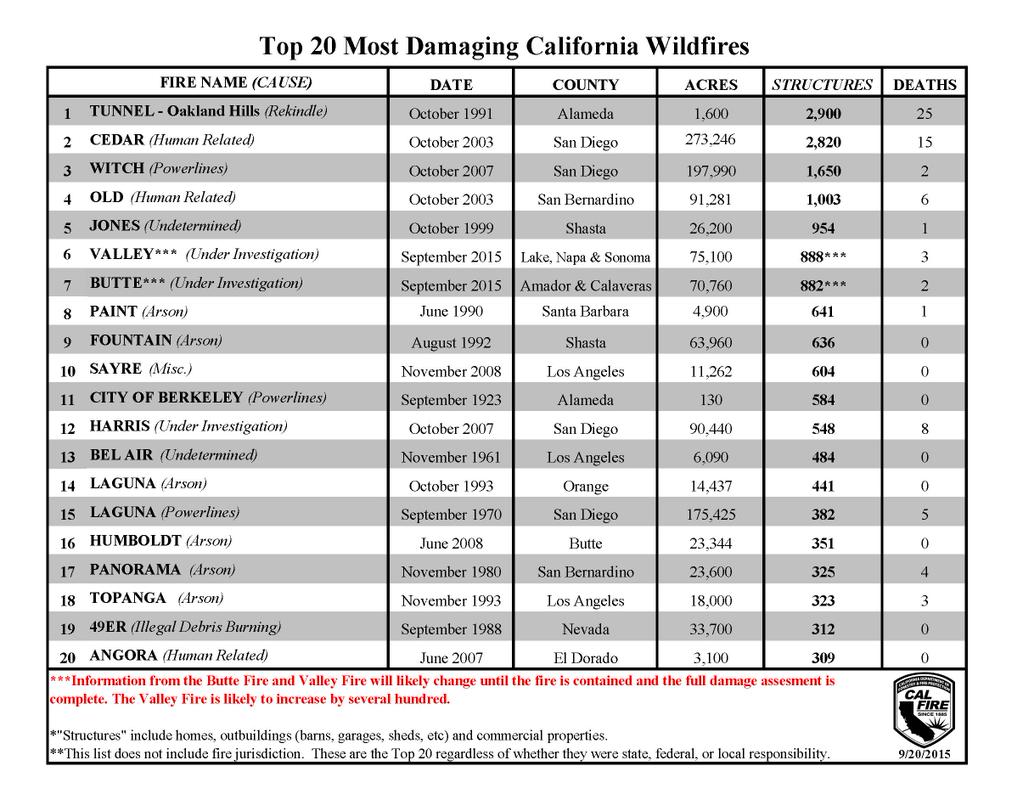
When two firefighters in California being overrun by flames on the Valley Fire in September of this year found that the plastic bag around their fire shelters had partially melted making it very difficult to deploy the life-saving device, it was not the first time this has happened.
A year earlier on the Beaver Fire in northern California two other firefighters experienced the same issue. The plastic became soft making it impossible for the tear strip to function. One of them used a knife to cut through the soft material that acted like “Saran Wrap”, and later said, “It wasn’t like the practice shelter at all”.
Four firefighters on the Valley Fire suffered significant burns to their heads, faces, arms, and hands before they were able to get into the shelters. The injuries on the Beaver Fire were less serious.
The Beaver Fire report addressed the failure of the fire shelter packaging:
Two of the firefighters who deployed reported that their shelter’s PVC bag became hot, which made it soft and pliable. This affected the ability of the red tear strip to pull apart.
But there was no recommendation that the design be modified.
The report on the 2015 Valley Fire entrapment describes a similar problem:
…FF4 had difficulty opening the fire shelter case from the Chainsaw Pack; the clear plastic covering of the fire shelter was soft and melted. FF4 had to remove the gloves to tear the plastic away from the aluminum shell of the fire shelter. FF3 couldn’t get the fire shelter out of the case because the clear plastic cover was melted to the white plastic protective sleeve…
One of the first times shelters were used was in 1964 when 36 members of the El Cariso Hotshots deployed them on a fire near Cajon Pass in southern California. Two years later 12 men on the crew were killed when they were entrapped on the Loop Fire on the Angeles National Forest — they were not carrying shelters at the time. In the hours before they began their fatal downhill fireline construction assignment the fire in that area had not been very active.
The U.S. Forest Service has modified the design of fire shelters several times since they were introduced in the 1960s. After 19 members of the Granite Mountain Hotshots were killed on the Yarnell Hill Fire in 2013 in spite of using the devices, the USFS began an effort to redesign them and has been testing numerous materials and configurations, including insulation that has been supplied by NASA.
The Press Democrat has a lengthy article about the recent deployments and the design of fire shelters.
…Firefighters across Sonoma County said they had been anxious to see the official preliminary Cal Fire “green sheet,” a summary of the incident released Oct. 3 detailing how the firefighters became injured [on the Valley Fire]. Many said they were stunned to learn about the plastic melting and the equipment failure on the survival tents they will all carry in the next wildland blaze even as the effectiveness of that equipment is under review.
Firefighters, especially those who jump into the thick of it, deal with extreme situations and the equipment must be able to withstand those situations, they said.
Ernie Loveless, who ran Cal Fire’s Sonoma-Lake-Napa unit for 20 years until he retired five years ago, said he was concerned about the durability of the bags after they were introduced in 2004.
“It seemed strange to have safety stuff like that made out of plastic that will melt in extreme heat,” said Loveless, who is now Schell-Vista fire board president. “I asked: ‘Why do we put stuff in plastic?’ The answer I received from our academy at the time is it was the best material they knew of at the time.”…
Thanks and a tip of the hat go out to Chris.


